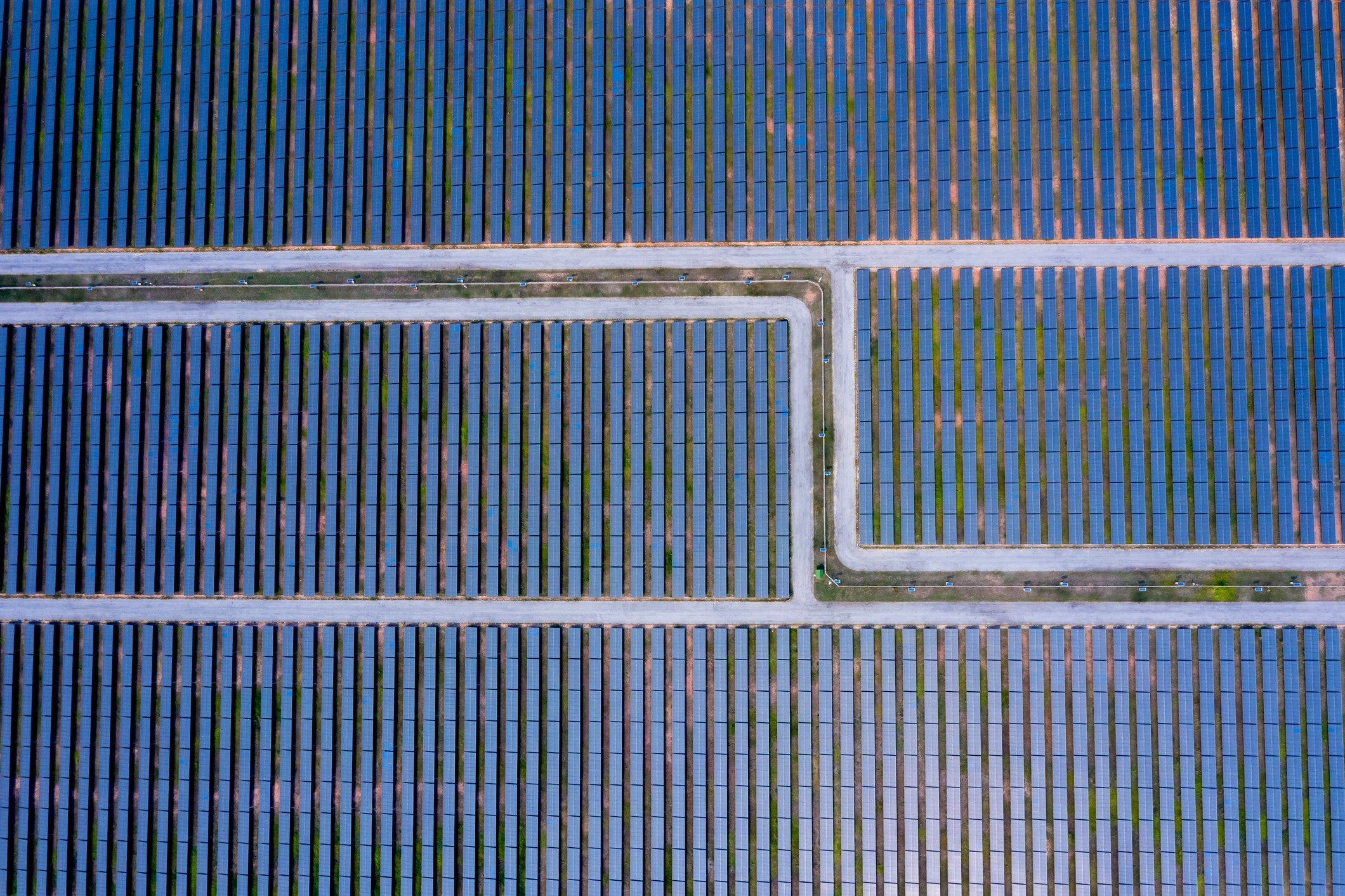New solar panel concept reduces payback time to five years
Researchers say Agri-PV could help supercharge transition to renewable energy sources
Your support helps us to tell the story
From reproductive rights to climate change to Big Tech, The Independent is on the ground when the story is developing. Whether it's investigating the financials of Elon Musk's pro-Trump PAC or producing our latest documentary, 'The A Word', which shines a light on the American women fighting for reproductive rights, we know how important it is to parse out the facts from the messaging.
At such a critical moment in US history, we need reporters on the ground. Your donation allows us to keep sending journalists to speak to both sides of the story.
The Independent is trusted by Americans across the entire political spectrum. And unlike many other quality news outlets, we choose not to lock Americans out of our reporting and analysis with paywalls. We believe quality journalism should be available to everyone, paid for by those who can afford it.
Your support makes all the difference.Researchers have calculated that a new renewable energy concept could reduce the payback period for solar panels to less than five years.
A team from the University of Lisboa and the Military Academy in Portugal worked out that building solar farms alongside “shadow-friendly” crops through a system known as agrivoltaics, or Agri-PV, could help supercharge the transition to renewable energy sources.
The researchers said Agri-PV created a “union between agricultural and energy productions” that would also generate more value from the land than solar farms or agricultural production alone.

The concept is also boosted by the decreasing cost of solar panels in recent years, combined with population growth that requires new solutions for both food production and energy generation.
“These projects, besides the fact they increase the production of green energy and reduce the consumption of non-renewable energy sources, also decrease the amount of CO2 released to the atmosphere,” the researchers noted.
“The projects’ payback periods are around four-to-five years and it is concluded that Agri-PV is worth more than only PV or only agriculture productions.”
The findings were detailed in a paper, titled ‘Agri-PV in Portugal: How to combine agriculture and photovoltaic production’, published in the journal Energy for Sustainable Development.
“The Agri-PV concept can be applied in multiple types of agriculture such as beekeeping, greenhouses, livestock and horticulture,” the paper noted.
“For each type of agriculture, the implementation of the Agri-PV solution will be different in order to have the most efficient solution possible, energy-wise and also food-wise.”
Several countries are already exploring the potential of agrivoltaic systems, with China, Germany, Japan and the US among those investing in the technology. Trials of agrivoltaic farming in South Korea have already yielded broccoli crops.
A 2022 study into the project found that the quality and taste of the broccoli was not any lower than the vegetable grown in the traditional way.
Other potential crops that could be used in such systems include carrots, radishes, lettuce, tomatoes and potatoes, while berries like strawberries, blueberries and raspberries could also work well.
Join our commenting forum
Join thought-provoking conversations, follow other Independent readers and see their replies
Comments